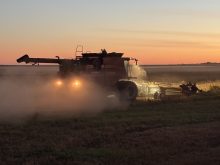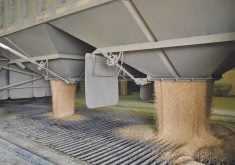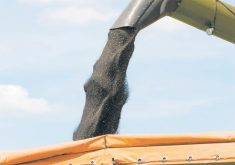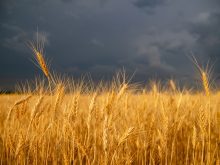The rapid rise in interest rates over the past year has wider ramifications than just the cost of borrowing money. Many farm management considerations are now in play. I don’t claim to be an economist, and I’m certainly not an accountant, but here are some musings based on dirt farmer arithmetic.
As you prepare crop budgets for the upcoming growing season, do you include a land investment cost? On land you own, the opportunity cost has increased dramatically. This is the money you could get from selling the land and collecting interest.
Read Also
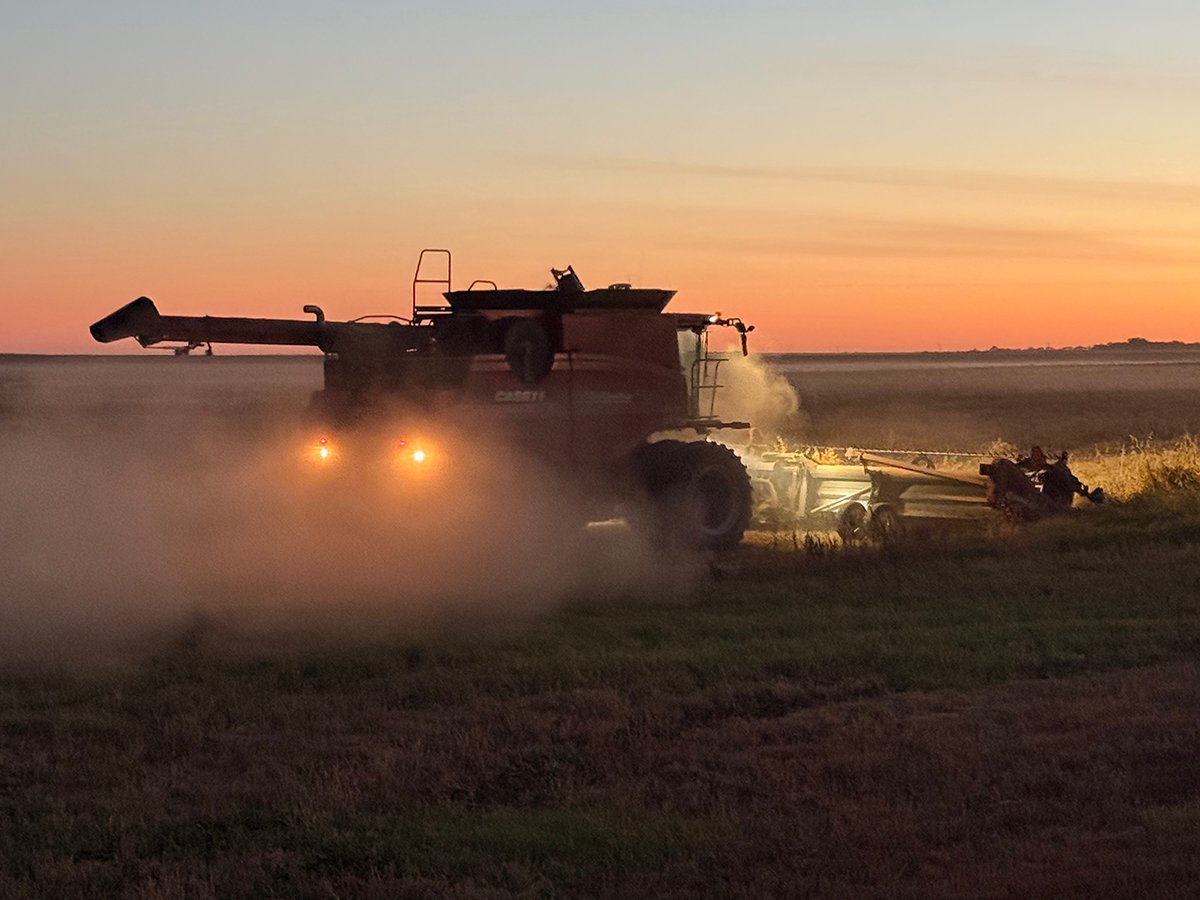
Downturn in grain farm economics threatens to be long term
We might look back at this fall as the turning point in grain farm economics — the point where making money became really difficult.
Let’s say you have land worth $4,000 an acre. That’s higher than most areas of Saskatchewan, but lower than many parts of Alberta and Manitoba.
Last year around this time, the interest rate on a GIC was in the range of 1.5 percent. The last time I looked, GIC investments were paying around 4.5 per cent. Last year, the annual interest earned on $4,000 was only $60; that has now jumped to $180.
So, if you include land investment as an opportunity cost on crop budgets, the change from $60 to $180 an acre really changes the profitability picture. This isn’t an out-of-pocket cost like seed, fertilizer, chemical and diesel fuel, but it’s still something to consider.
A year ago, the cash rent on $4,000 an acre land was typically more than the $60 opportunity cost. With the opportunity cost rising to $180 an acre, that eclipses the cash rental rate.
On 2,000 acres of farmland worth $4,000 an acre, the market value is $8 million. At 4.5 per cent interest, that’s $360,000 a year, a rather nice annual income. Near-term interest rates are actually higher than longer term rates, so there’s a risk of the return dropping in future years.
Based on the above math, it would appear that selling land and investing the money for a safe return would be the logical course of action. However, this doesn’t take land appreciation into account. I don’t see any crop budgets that include this.
Owning land is basically a separate enterprise from farming the land. With land increasing in value each year in recent memory by five or 10 percent, it’s been a great investment.
Of course, this increase in value isn’t liquid. You can borrow against it, but you can’t spend it. While past returns are no guarantee of future performance, an expectation has developed that land will continue to increase in value.
Rising interest rates have, however, changed the complexion of land ownership, making it more attractive for farmers and particularly for land investors to cash in their chips. Especially on high value land, the cash rental rate is lagging far behind what could be earned in interest.
Grain marketing is also affected. Let’s say you’re holding canola currently worth $18 a bushel because you believe the price is going to rise.
If you hold it for six months, it’s an interest cost of 40 cents a bushel, assuming an investment rate of 4.5 percent. If you have an operating loan at a higher rate, it’s an even higher carrying cost.
When interest rates were rock bottom, having excess cash in the farm chequing account was not very costly. Now it has become worthwhile to calculate how much can be set aside in an interest earning account or investment.
Interest rates have changed more quickly than the corresponding business mindset.
Kevin Hursh is an agricultural journalist, consultant and farmer. He can be reached by e-mail at kevin@hursh.ca.






